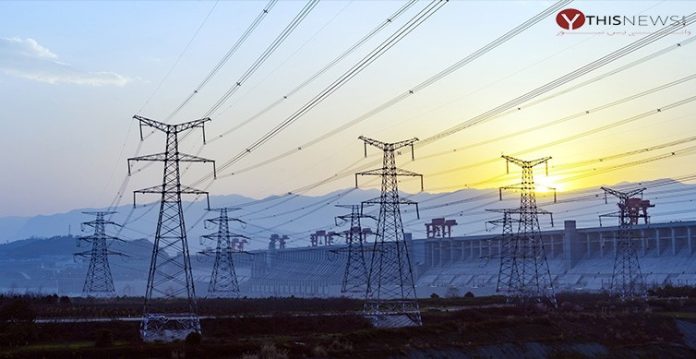According to the Telangana State Statistical Abstract, Telangana had the greatest growth rate (9.2 per cent) in per capita power consumption in the country, rising from 1,896 kWh (2018-19) to 2,071 kWh (2019-20).
Rising electrical consumption is associated with higher metrics of development and human welfare. In the state, there are 1.65 crore power connections, with 72.8 per cent being domestic connections, 15.4 per cent agricultural, and 11.6 per cent industrial.
Telangana is the only state that provides free power to 25.63 lakh agricultural users from 2014-15 to 2020-21. Hyderabad has the most domestic connections (17.1 lakh), as well as industry connections and others (4.02 lakh). Nalgonda has the most agricultural connections, at 2.03 lakh.
The entire contracted capacity of electricity for the state was 16,613 MW (as of September 2021). The State generates 51% of this, the Centre generates 16%, and private players generate 33%. Telangana State Generation Company (TSGENCO) has a generation capacity of 6,215 MW, of which 60.7 per cent is thermal and 39.2 per cent is hydel.
ALSO READ: 70% of power consumers in Hyderabad tamper with electricity metres
In 2021 Energy Minister G Jagadish Reddy said that Telangana State’s per capita power consumption for 2020-21 was 2,012 units, and the state topped the country in per capita power consumption growth rate.
Telangana ranks fifth in the country in terms of total per capita electricity consumption, according to the Minister during question hour in the Legislative Assembly here. Following the creation of the state, an additional capacity of 9,680 MW was added, with 7,962 MW capacity projects in various stages of completion.
According to Jagadish Reddy, the electricity crisis was one of the key problems following the foundation of the State, but Chief Minister K Chandrashekhar Rao’s vision and preparation enabled the State to overcome the crisis in a short period of time.
Within three months of the state’s creation, 24 hours quality electricity supply was guaranteed for the domestic and industrial sectors. In roughly a year, the agriculture sector received uninterrupted power for nine hours, he recalled.
(This story has been sourced from a third-party syndicated feed, agencies. Raavi Media accepts no responsibility or liability for the dependability, trustworthiness, reliability, and data of the text. Raavi Media management/ythisnews.com reserves the sole right to alter, delete or remove (without notice) the content at its absolute discretion for any reason whatsoever.)


